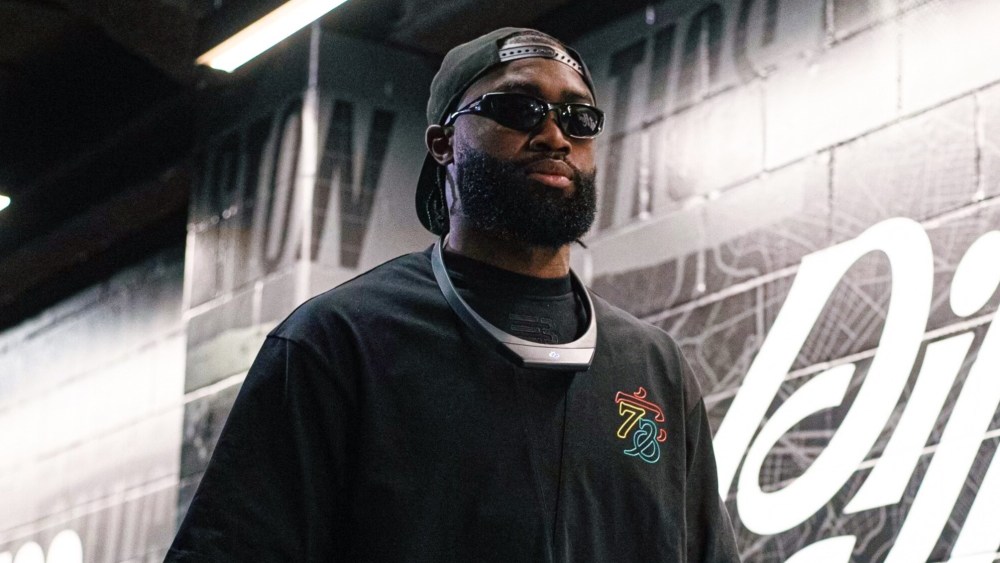In the ever-evolving spectrum of human sexuality, there are terms like heterosexual, homosexual, queer, demisexual, and pansexual to help us describe and encompass attractions. These labels help us navigate our own experiences and communicate our desires while dating and exploring ourselves. Among these familiar terms, a more uncommon orientation has been on the rise recently on Google and in TikTok videos: autosexuality.
Essentially, autosexuality is when someone might be more attracted to themselves than other people. (It can also be referred to as “self-sexual.”) As this term has sparked conversation and confusion, autosexuality has been the subject of various misconceptions. To gain insight of what this orientation truly entails, we consulted experts to understand what exactly autosexuality is – and what it’s not.
Experts Featured in This Article
Casey Tanner, MA, LCPC, (she/they) is a certified sex therapist, LELO resident sex expert, and author of “Feel It All.”
Michelle Forcier MD, MPH, (she/they) is a primary care pediatrician specializing in clinical care and education in gender, sex, and reproductive justice. Dr. Forcier is also a consultant and clinician for the Planned Parenthood League of Massachusetts.
Autosexuality is a sexual orientation in which a person experiences attraction primarily to oneself, Michelle Forcier, MD, MPH, tells PS. “That may include sexual attraction and arousal based on visual or manual stimulation themself,” Dr. Forcier says. “A person who is primarily sexually stimulated by looking at naked pictures or videos of themselves, fantasies about themself, or masturbation and other solo sexual pleasuring is autosexual.”
Since there is slim to no research on autosexuality, Dr. Forcier says we’re left unsure precisely how common it really is, however, we do know that autosexual people may lie somewhere on the asexual spectrum, a sexual orientation describing those who experience very little to no sexual attraction.
One of the biggest misconceptions autosexuals face is the assumption they’re uninterested in relationships. Sex therapist Casey Tanner explains that like all orientations, autosexuality sits on a spectrum, and many autosexuals can absolutely be in relationships if they so choose: “Autosexuality does not preclude someone from investing sexually, emotionally, or romantically in others. Many autosexual people experience their self-attraction alongside other sexual and romantic orientations.”
Tanner adds, “While some autosexual people engage in relationships with others as a form of polyamory (as the primary relationship is with themselves), others may still practice relationships monogamously.”
Autosexuality, like all sexualities, has no strict guidelines, as people can identify with the label in varying ways. Having a strong attraction to oneself does not automatically negate the possibility of being attracted to or seeking out relationships with others. However for some, the idea of self-attraction can be confusing and even misconstrued as narcissism. In most cases, it’s the opposite. Tanner explains, “Many people who learn about autosexuality assume that it arises from narcissism, or a desire to center the self above or at the expense of others. In reality, many autosexual people find that the practice of loving, wooing, and being grounded in themselves actually allows for deeper connections across the board.”
Tanner says partners of autosexual people may also be quick to assume they’re being devalued or even struggle with their own sense of sexual security. That said, Tanner adds, “Through open conversation, partners doing their own research, and building trust over time, these assumptions can be refuted as a new understanding of autosexuality emerges in the relationship.”
As the term gains more visibility, we will become more familiar with common identities and behaviors therein. Due to a lack of resources on the term, autosexuals who find themselves in a relationship might face stigma from a partner who may not be fully versed on what autosexuality really is. But it is important to recognize that autosexuality is a highly individual experience, and it will look and feel different for everyone who identifies with the term which is also why it may be confusing to determine if that’s a label suited for your desires.
For those who feel autosexuality may play a role in their sexuality, there are a few things to look out for. Dr. Forcier recommends asking yourself, “Who am I sexually attracted to, and what turns me on?” If you find that the answer points predominantly to yourself – your own image, fantasies, or physicality – then you may be autosexual.
Dr. Forcier adds that masturbation can be a useful tool to help discover your desires and understand what exactly brings you pleasure. Likewise, Tanner shares that while not every autosexual person does not experience sexual attraction for others, one telltale sign might be that you are more able to get turned on and/or reach orgasm when fantasizing about yourself (versus others).
Discovering if the term aligns with you will take time and may even be something you discover in the long term. “Like with any sexual orientation, autosexuals are not a monolith. The way people experience and practice autosexuality varies, and can also shift over the course of your life,” Tanner says.
Understanding autosexuality requires recognizing that each person’s experience is unique, and that self-attraction can coexist with a range of other emotional and romantic possibilities. As research into autosexuality continues to grow, it’s essential we create an open and accepting space for those exploring this part of their identity.
Jillian Angelini (she/her) is a sexual wellness and lifestyle journalist with words in PS, Bustle, Betches, MindBodyGreen, and more. She runs the queer advice column “The B Spot” on Betches.com and specifically enjoys writing about sex, relationships, and anything involving the queer experience.




